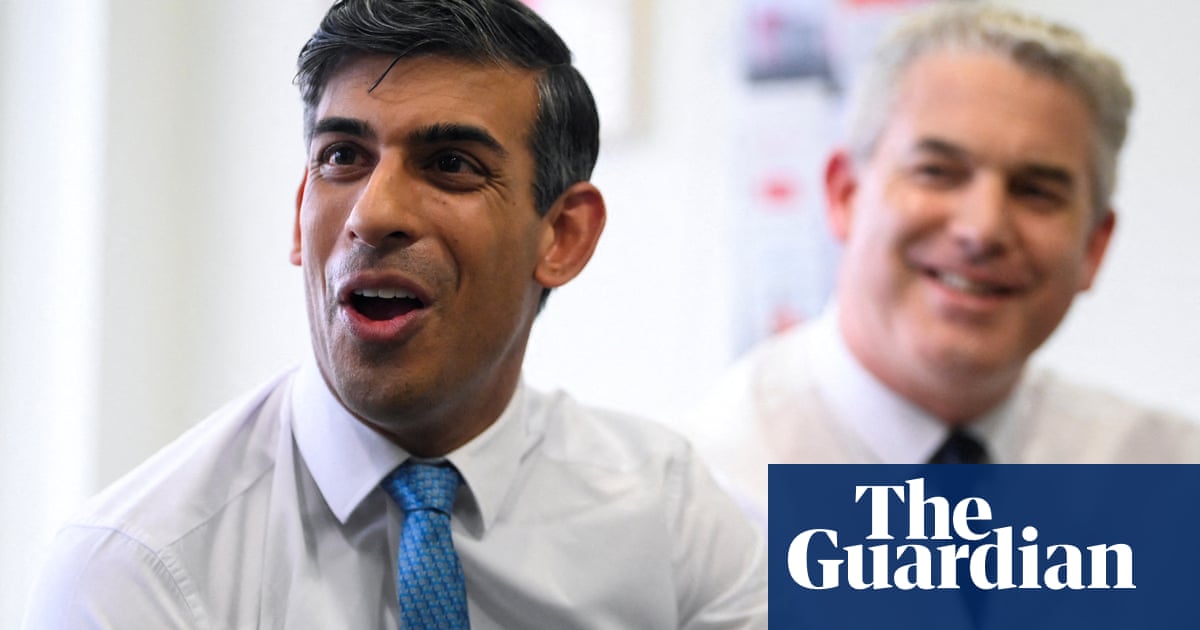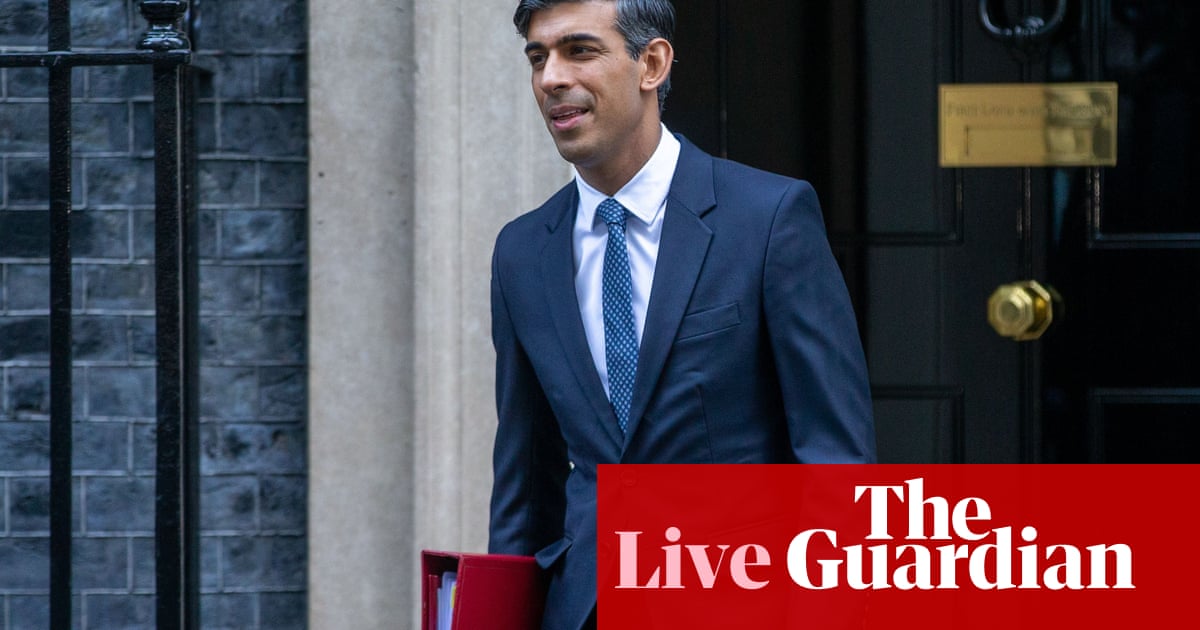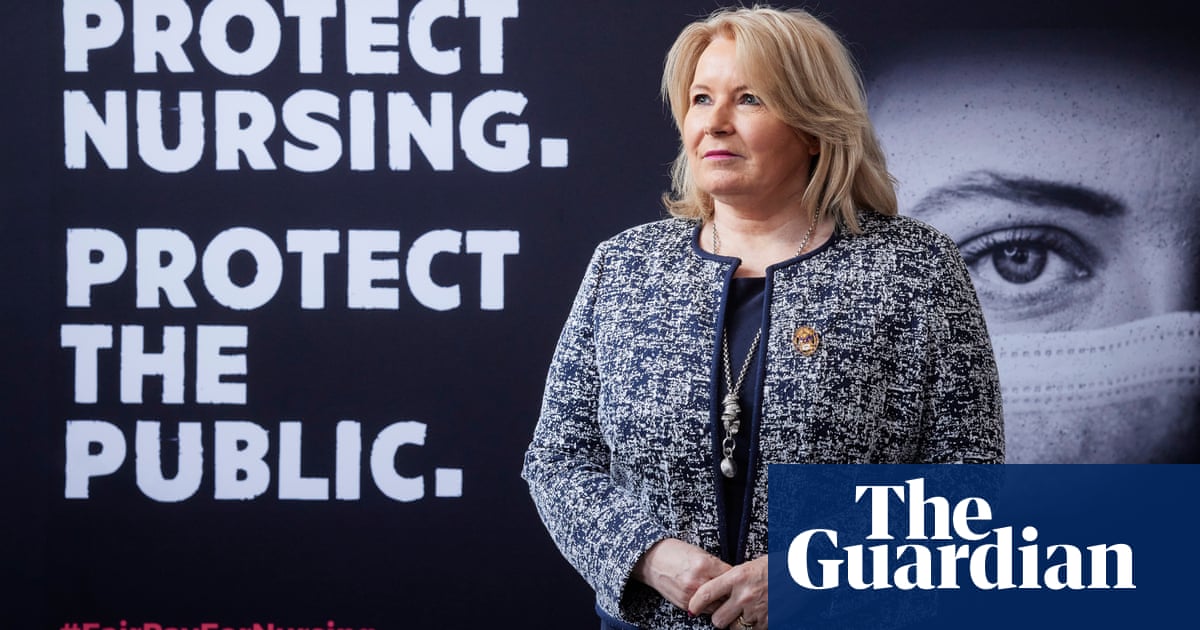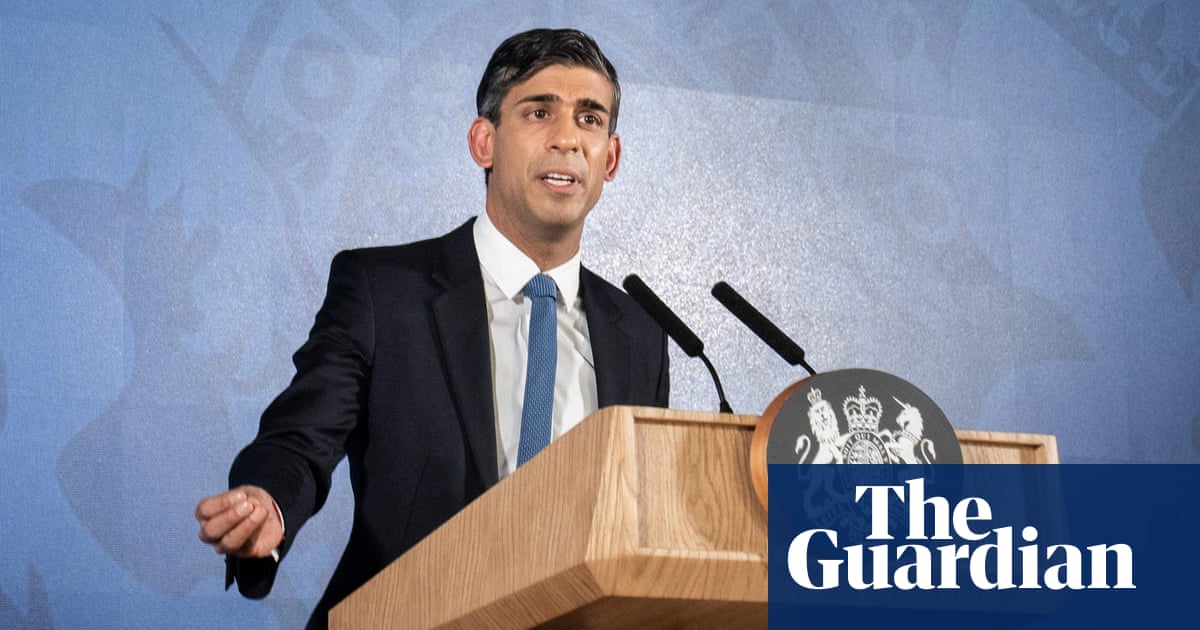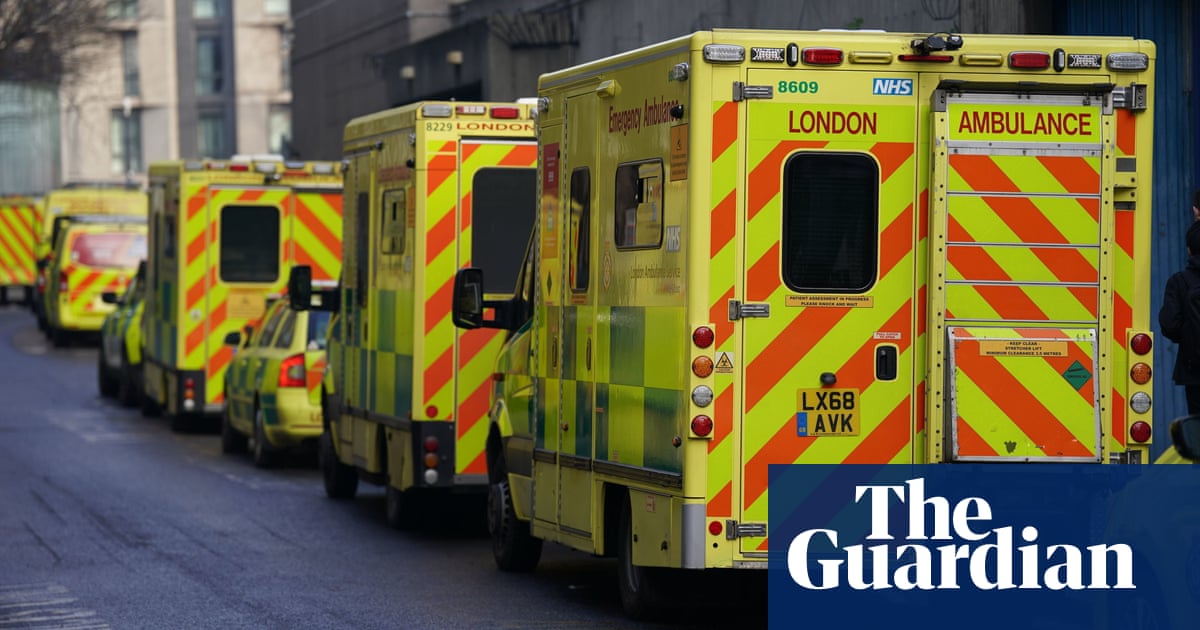
Rishi Sunak will vow to rapidly slash long waiting times for urgent NHS care with a promise of thousands more beds, 800 new ambulances and an expansion of community care backed by a dedicated fund of £1bn.
The health service is engulfed in its worst-ever crisis, with urgent and emergency care in particular under unprecedented pressure in recent months. The prime minister will describe his blueprint for resolving the problems as “ambitious and credible”.
However, the Guardian understands the £1bn dedicated fund being pledged to finance the strategy is not new money. It will come out of cash announced last year for health and social care in the autumn statement. There were also no precise details on who will staff new ambulances and beds.
In the two-year plan for England, the government and NHS England will promise 800 new ambulances, including 100 specialist mental health vehicles, and 5,000 more hospital beds.
A major element of the strategy is to expand urgent care in the community, keeping people away from hospitals and seeing more treated at home.
Same-day emergency care units will open in every hospital with a major A&E. Ministers hope this measure will see thousands of people each week avoiding an overnight stay in hospital.
There are also plans for pilots of new approaches to NHS step-down care, with patients receiving rehabilitation and physiotherapy at home in some instances. Over the weekend, the government said 3,000 “hospital at home” beds will be created before next winter, with the aim of about 50,000 people a month eventually being cared for at home each month.
There is an increasing reliance on virtual wards to combat NHS pressures, which see patients treated from home while monitored by medics via daily visits or video calls.
Sunak will visit an A&E unit in the north-east of England to highlight the new strategy. “Cutting NHS waiting times is one of my five priorities,” he will say. “Urgent and emergency care is facing serious challenges but we have an ambitious and credible plan to fix it.
“It will take time to get there but our plan will cut long waiting times by increasing the number of ambulances, staff and beds – stopping the bottlenecks outside A&E and making sure patients are seen and discharged quickly.”
However, NHS leaders expressed doubts that initiatives such as creating more virtual wards to keep people out of hospital would succeed in reducing pressure while there remained a workforce crisis. There are currently 133,000 vacancies in England alone.
“We desperately need action to tackle the vast workforce shortages, staff exhaustion and burnout,” said Saffron Cordery, interim chief executive of NHS Providers.
Patricia Marquis, the Royal College of Nursing director for England, said: “Without investment in staff, this plan won’t make a difference.”
Matthew Taylor, the chief executive of the NHS Confederation, said: “The NHS has been at the mercy of a sluggish and short-term approach from the government in its response to the crisis facing emergency services this winter.
“The NHS needs the right numbers and mix of staff in place if it is to truly recover the performance of emergency care and other services long term.”




